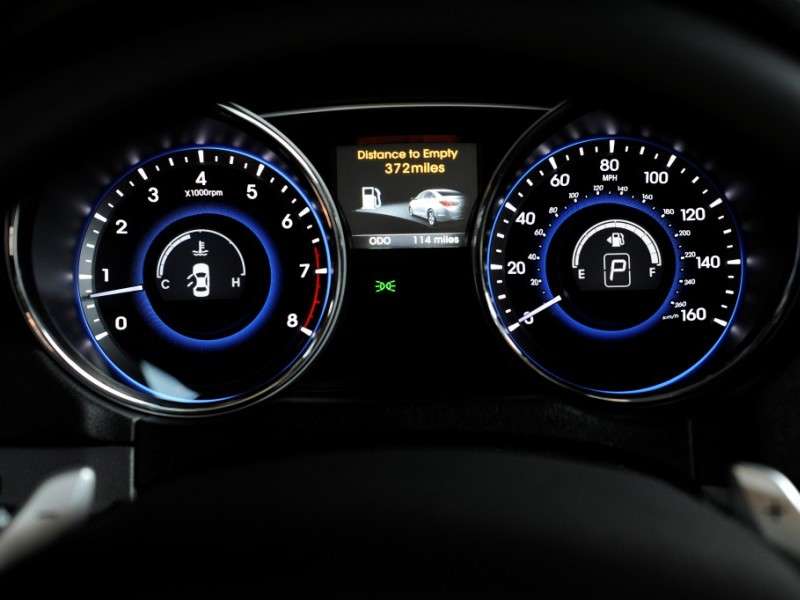Recent Articles
Popular Makes
Body Types
10 Things You Need To Know About The 2014 Hyundai Sonata
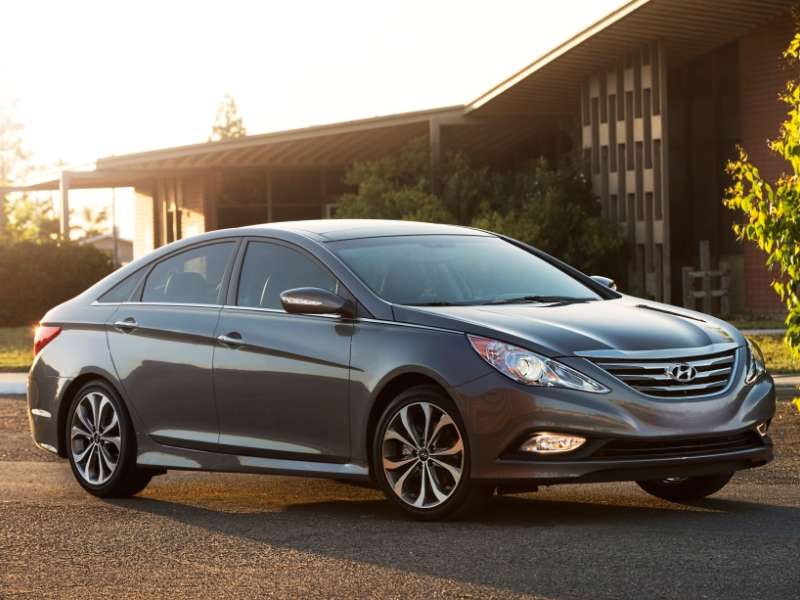
Normally you wouldn’t put a lot of effort into updating a car that’s about to undergo a complete redesign, but stepping outside the norm has long been a key part of the Hyundai playbook. The 2014 Hyundai Sonata has seen several upgrades made in advance of the all-new 2015 model hitting the market, and the overall effect has been to make an already-excellent family sedan that much better. There’s a lot to like about the 2014 Hyundai Sonata, especially for anyone seeking to maximize value when purchasing a mid-size four-door automobile.
Let’s take a look at 10 things you need to know about the 2014 Hyundai Sonata
01. The 2014 Hyundai Sonata Has Seen Its Styling Tweaked
The 2014 Hyundai Sonata is actually even more stunning to look at than the previous edition of the car, a model that was routinely cited as one of the most attractive, affordable family cars on the market. The devil is in the details with the re-styled Hyundai Sonata, as the vehicle’s front grille has been reconfigured to better fit with the canted headlights found on either side of it. Out back, the most prominent change made to the Sonata are a set of LED taillights that can be ordered on higher trim levels, and new 17-inch and 18-inch rims are also offered with the car.
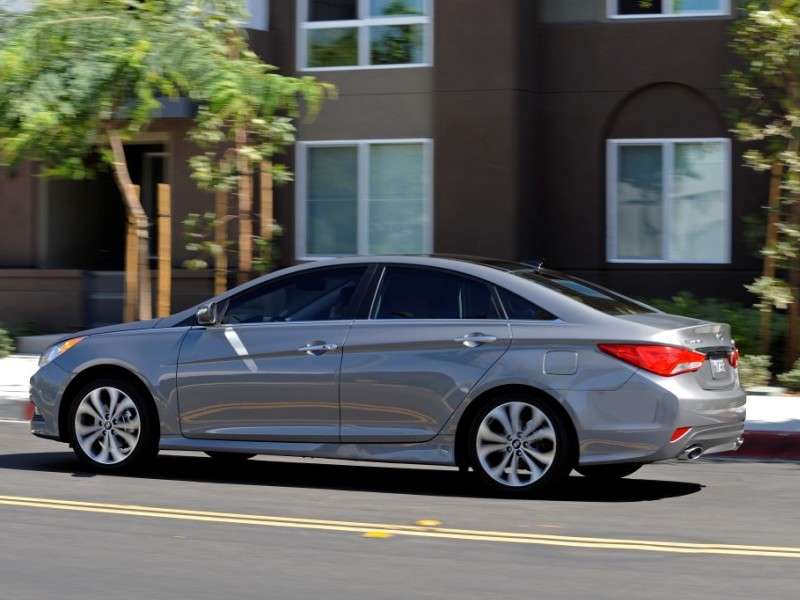
02. The 2014 Hyundai Sonata Offers One Of The Biggest Interiors In Its Class
The 2014 Hyundai Sonata is marketed as a mid-size car, and it competes against rivals like the Ford Fusion and the Chevrolet Malibu. Open up the door to the Hyundai Sonata’s cabin, however, and you’ll quickly discover that this is one of the largest family cars in its class. In fact, Hyundai claims that the Sonata’s 120.2 cubic feet of passenger room is bigger than any of its main competitors, including the Toyota Camry and the Honda Accord. The EPA would seem to agree with the Korean automaker, as it officially classifies the Sonata not as a ‘mid-size’ but rather a ‘large’ car.
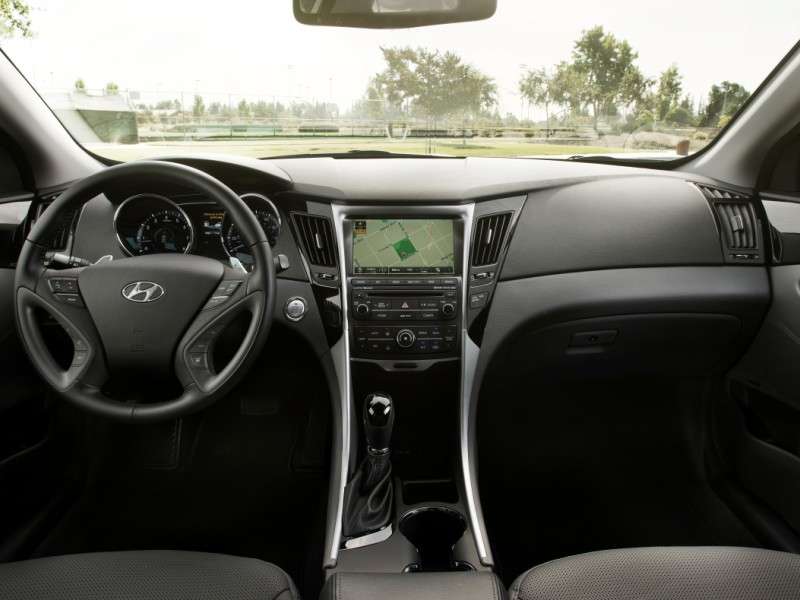
03. The 2014 Hyundai Sonata Provides Two Engine Options
The 2014 Hyundai Sonata’s entry-level 2.4-liter, four-cylinder engine produces 190 horsepower and 179 lb-ft of torque (with a few extra ponies and lb-ft thrown in when matched with the Sonata’s available dual exhaust system). Fuel efficiency figures for this unit are listed at 24-mpg in stop and go driving and 35-mpg on the highway, for a total of 28-mpg combined.
Considerably more grunt is available from the Sonata’s available 2.0-liter, turbocharged four-cylinder. The forced-induction engine grinds out 274 horsepower and 269 lb-ft of torque, but even more impressive is the fact that it pays almost no efficiency penalty compared to the weaker base motor: mileage checks in at 22-mpg in city driving and 34-mpg on the highway, for a total combined rating of 26-mpg. A six-speed automatic transmission is standard across the board with the Sonata.
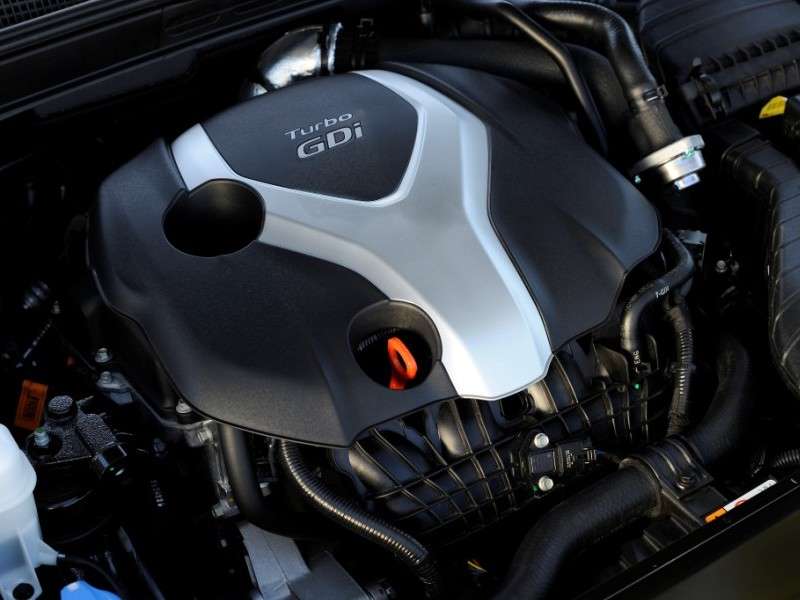
04. The 2014 Hyundai Sonata Delivers Is Quieter Than Ever Before
The 2014 Hyundai Sonata is much more peaceful inside compared to the 2013 model that it replaces. The secret? It starts with the Hyundai Sonata’s carpeting, which now offers better sound blocking capabilities, and it extends to the car’s roof pillars which have been filled with foam in order to further reduce the amount of noise that enters into its cabin. Even the Sonata’s wheels have been redesigned so as to reduce the amount of vibration they produce over rougher roads, a move that has been matched by the Hyundai’s revised suspension tuning.
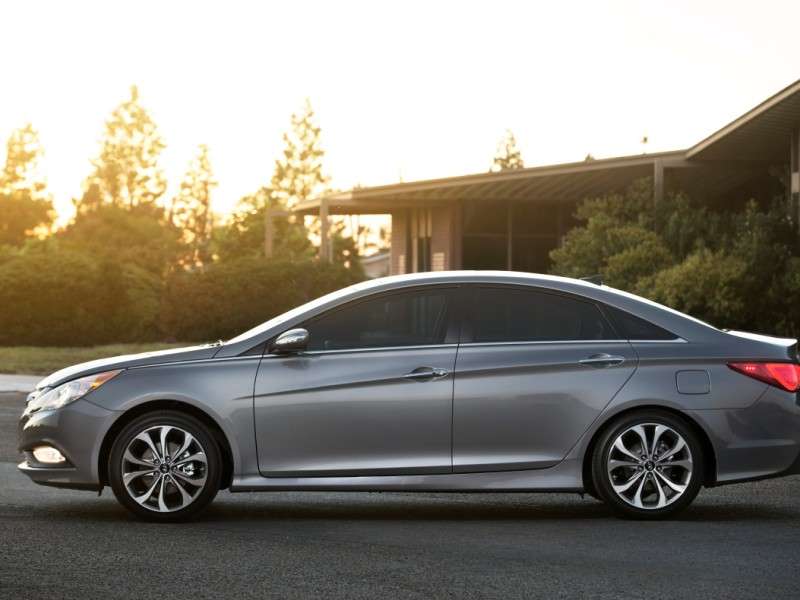
05. The 2014 Hyundai Sonata Introduces Driver Selectable Steering Mode
No one is ever going to mistake the 2014 Hyundai Sonata for a sport sedan, but ferrying the kids back and forth from school or commuting home from work got a little more interesting this year with the introduction of the Driver Selectable Steering Mode feature. The Hyundai Sonata’s Driver Selectable Steering Mode (or DSSM for short) offers three settings: Comfort, Normal, and Sport. Comfort dials back the amount of effort required on the part of the driver to convince the sedan’s electric power steering system to turn the front wheels, while Normal keeps things fairly balanced in terms of steering resistance. The Sport setting not only increases the heft of the Sonata’s wheel, but it also offers a more progressive feel as the wheel itself turns. All of this is accomplished via a simple push button located on the car’s yoke.
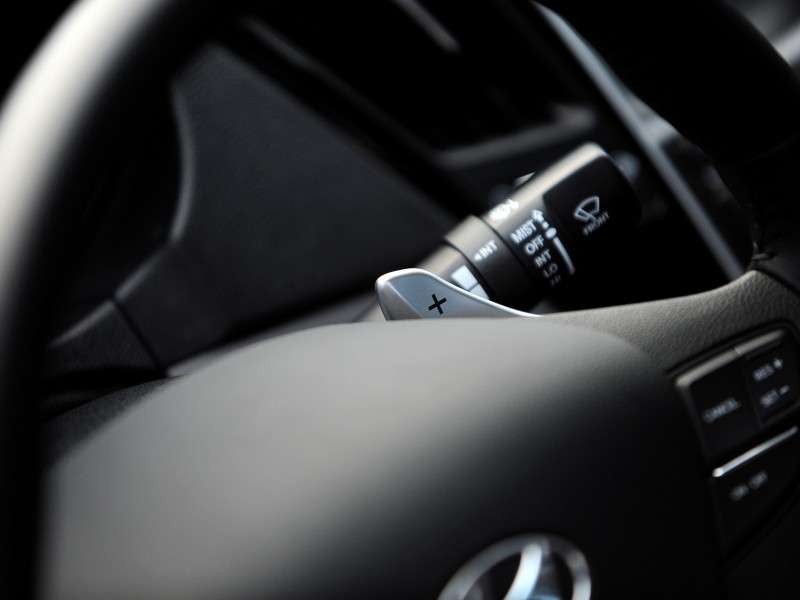
06. The 2014 Hyundai Sonata Comes In Three Trim Levels
The 2014 Hyundai Sonata starts off in GLS trim, which features a trip computer, 16-inch wheels, the BlueLink telematics feature, power windows and door locks, Bluetooth connectivity, a CD player, cruise control, and air conditioning. The Hyundai Sonata SE attempts to introduce more driver involvement by way of its stiffer suspension tuning, 18-inch wheels, rear spoiler, dual exhaust system, and paddle shifters for the car’s automatic transmission, along with a host of interior amenities such as a touchscreen audio system. The upscale Sonata Limited provides heated and cooled leather seats (including heaters for rear occupants), 17-inch rims, and dual automatic climate control (which has been reconfigured for 2014).
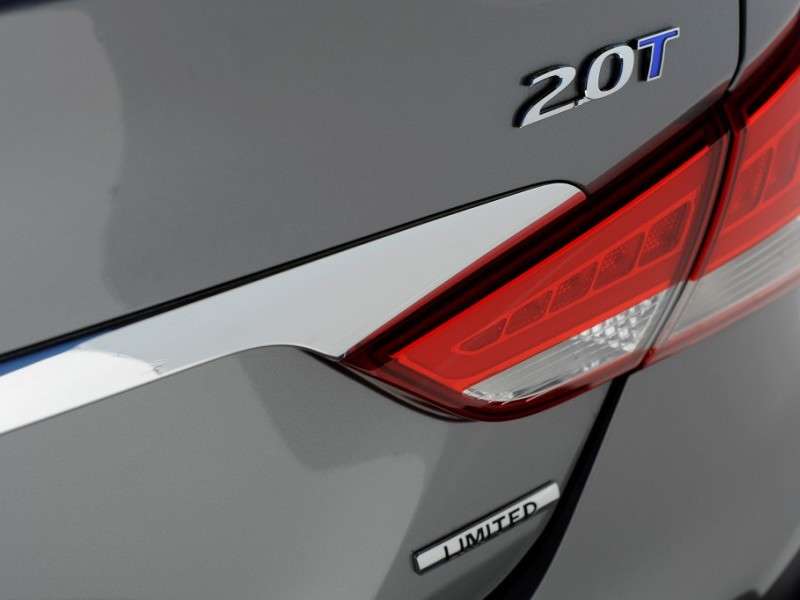
07. The 2014 Hyundai Sonata Features Several Options Packages
The 2014 Hyundai Sonata’s various trim levels can be further enhanced via one of several available options packages. The GLS Popular Equipment package adds LED lighting inside the base model Sonata, as well as a rearview camera, a touchscreen audio system, heated seats up front, a power driver’s seat, and automatic headlights. The SE Premium package provides a navigation system with an eight-inch touchscreen, a louder stereo, and dual automatic climate control (non-turbocharged models), while the Limited Technology package offers HID headlights, a panoramic sunroof, the same navigation system and touchscreen found in the SE Premium package, and an even better sound system.
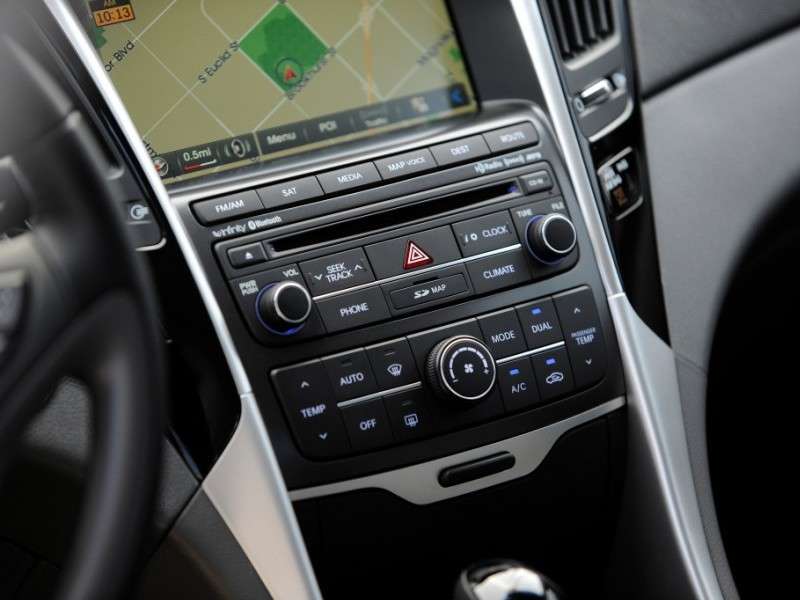
08. The 2014 Hyundai Sonata Can Be Had In A Hybrid Model
The 2014 Hyundai Sonata Hybrid maintains the vehicle’s base 2.4-liter, four-cylinder engine but adds the efficiency-improving wrinkle of a battery-powered electric engine that works alongside the gas-burning unit. Together, the pair produce 199 horsepower for the Hyundai Sonata Hybrid. In addition to its increased output the sedan also delivers combined fuel economy of 38-mpg, which is a significant step up over the entry-level edition of the car. City fuel mileage shows as 36-mpg while highway checks in at 40-mpg. Battery-only operation is also possible in the Sonata Hybrid, and the automobile can drive in EV mode at speeds of up to 74 miles per hour.
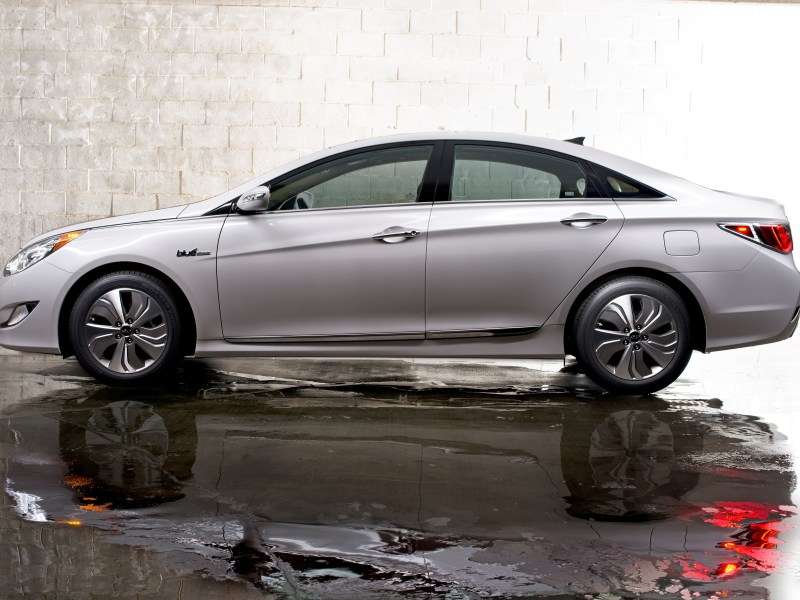
09. The 2014 Hyundai Sonata Skimps On Active Safety
The 2014 Hyundai Sonata has added an available blind spot monitoring system to go with its other revisions, but the fact that this is a new technology for the sedan indicates just how far behind it had fallen in the active safety department. You can’t get a collision warning system, lane keeping monitor, or adaptive cruise control with the Hyundai Sonata, which are features offered by several of its competitors. This isn’t to say that the Sonata is unsafe – it still features a full complement of airbags, along with a reconfigured stability and traction control system – but it’s not cutting edge.
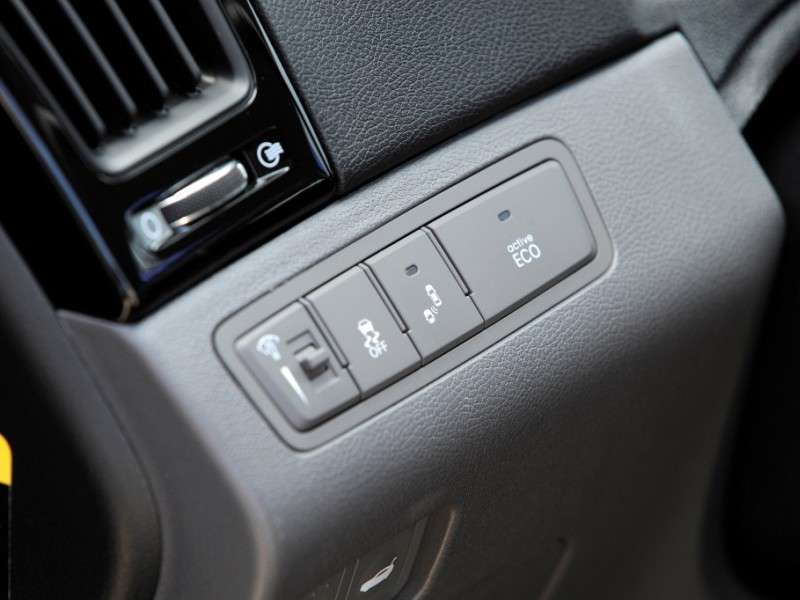
10. The 2014 Hyundai Sonata Is Priced To Sell
The 2014 Hyundai Sonata has another secret weapon, other than its good looks and comfortable ride: its price. Long known as a value-oriented brand, as well as one that provides the longest new car warranty in the business, Hyundai has given the Sonata a starting MSRP of $21,350. This undercuts competitors like the Honda Accord by a decent margin, and it also puts the Sonata below vehicles like the Ford Fusion and the Toyota Camry (CHECK). If you want to spent more money on a Sonata, you can – a fully-loaded Limited goes for just over $30,000 – but no matter what model you choose, you are getting a lot of car for your money.
